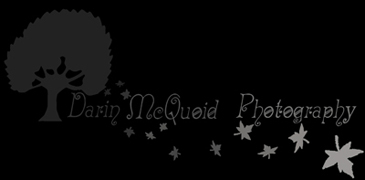
| Darin McQuoid | Blog | Reviews | Tutorials | River Directory |
|
Stars at Castle Lake
Nikon D700, Nikkor 20mm 2.8 @ 160 minutes, F11 ISO 200
There
are a lot of challenges to night time photography, especially in cold
weather where batteries suffer diminished life. Getting this image
required a lot more expensive equipment than I normally use.
Extra equipment: Goal0
Sherpa 120, Sherpa
UI, Aputure
Timer Remote and the EH-5A
AC Adapter.
If you want the starts to be moving in a circular motion, point North if you live in North America, and South if in South America. A wide lens will also give it a more circular look, if a telephoto is used they will generally just be curved lines across the sky. The wider the lens the more you can get away with not being pointed directly North. The big
question is how do
you calculate the exposure for a shot like this? I start by taking a 30
second exposure at maximum aperture and as high ISO as need be. This
isn't a keeper shot, it is the basis for a little math. My test shot
was 30" F2.8, ISO 6400. From there it's simple math, for every step of
adjustment to the ISO and aperture, the length of exposure must be
adjusted equally. Reducing ISO 6400 to 200 is five stops. So now my
exposure time needs to double five times. 30", 1', 2', 4',
8',
16'. Then adjust the aperture; from 2.8, 4, 5.6, 8 , 11: a
four
stop adjustment. So exposure is lengthened: 16', 32', 64', 128',
256'. My original was brighter than I wanted, so I did some
guesswork and dropped the exposure a bit under a stop: from 256 minutes
to 160. Now a two and a half hour plus exposure is going to pick up a
massive amount of noise and hot pixels, so I split it into ten separate
exposures and used the "multiple exposure" feature on the D700, which
crapped out of me, forcing me to combine the multiple exposures in
photoshop, which
is quite easy to do.
If you want one more detail,, it's worth noting that many newer lenses have rounded aperture blades, which will not give you the star shape seen emanating from the van. Instead it would just be a blob of light. These "sun stars" are an added bonus of the older lenses. |